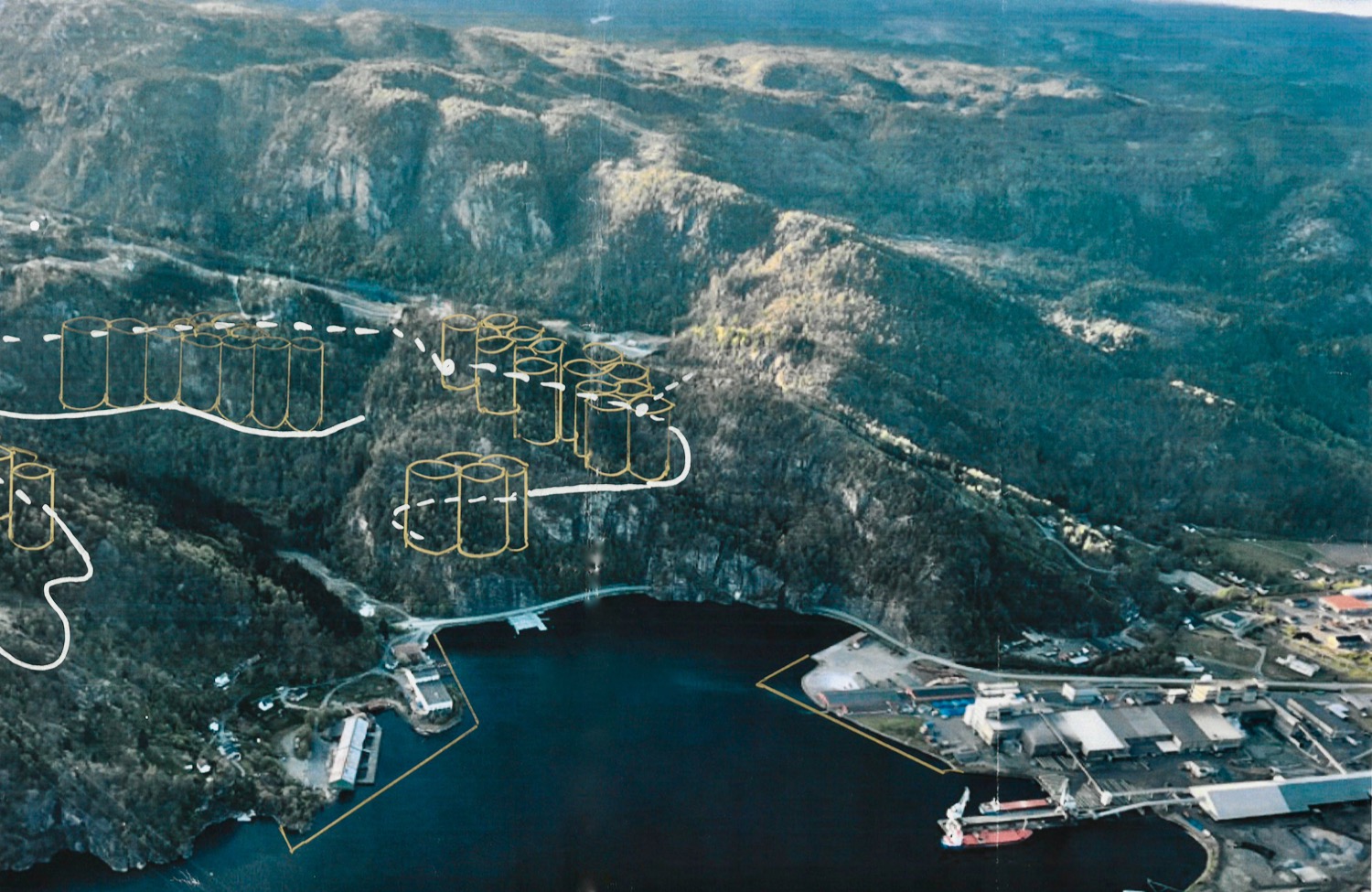“The factory can be operational by the end of 2028 if things go according to plan. Obtaining long-term energy contracts at a reasonable price is key,” says Åge Breimoen, co-founder of Kvina Energy Park.
Established in Kvinesdal, Kvina Energy Park has partnered with the industrial gas company Linde and the Norwegian hydrogen company Hydrogen Pro to plan, build and operate the hydrogen factory.
In December 2023, Statnett – the Norwegian transmission system operator – allocated 500 megawatts for the industrial project. The milestone decision secures sufficient electricity for the first construction stage. 500 megawatts correspond to the average consumption of 250,000 Norwegian households.
When fully developed, the planned factory will produce around 80,000 tons of green hydrogen on an annual basis. Much of the hydrogen is likely to be converted to ammonia, which is used both for fertilizer production and as fuel in the maritime sector. The factory will be able to produce around 360,000 tons of ammonia annually.

WHY KVINESDAL?
The building of one of the world’s largest hydrogen facilities in Kvinesdal is based on two competitive advantages: Availability of green energy and proximity to a seaport.
“The location happens to be one of Norway’s largest energy hubs. We have direct access to hydropower, and a nearby harbor for exporting our products,” says Breimoen.
Demand for green hydrogen and ammonia is increasing and promising.
“The world needs green ammonia for sustainable production of fertilizer. Shipping needs green ammonia for the transition from fossil to green fuels. And the onshore transportation sector will demand more green hydrogen as fuel for emission free trucks,” explains Breimoen.
PROMISING
Camilla Werningsen, Business Development Manager at Linde, recently informed the politicians in Kvinesdal about the status of the project. Linde, a leading global industrial gases and engineering company, is already a large hydrogen producer and part of the complete hydrogen value chain.
“With access to hydropower, port facilities and proximity to the market, Kvinesdal is a good candidate location for a green hydrogen production plant,” says Werningsen.
There are however many challenges. The production cost for green hydrogen and ammonia is currently higher than the market is willing to pay. There are signs that both demand and prices will increase. Also, the price for CO2-emissions is likely to rise soon, making it more profitable to use carbon-free energy sources. Werningsen points out that the world needs more green energy, to reach climate targets.
TWO PLAYERS
Kvinesdal municipality supports both Kvina Energi Park and a similar plant for green hydrogen and ammonia production, which Å Energi plans to build in Lervika. Inge Hedenstad Stangeland works for Kvinesdal municipality as Project Manager Industrial Development Lervika. He says the municipality is excited about the projects.
“We place great trust in the plans for the production of green hydrogen and ammonia in Lervika. Kvinesdal is an energy hub with large volumes of hydropower and with more energy from offshore wind projects likely to follow in the future. In addition to supplying products that the world needs, a hydrogen factory can contribute to balancing the power grid. As for now, we are preparing a zoning plan, and a proposal could be ready by the summer,” says Stangeland.
Hydrogen production emits a lot of heat energy in the form of cooling water of around 20-40 degrees. Stangeland says the municipality is keen to find ways to utilize this heat. It can, for example, be used in greenhouses, fish farms and for drying biofuel.



